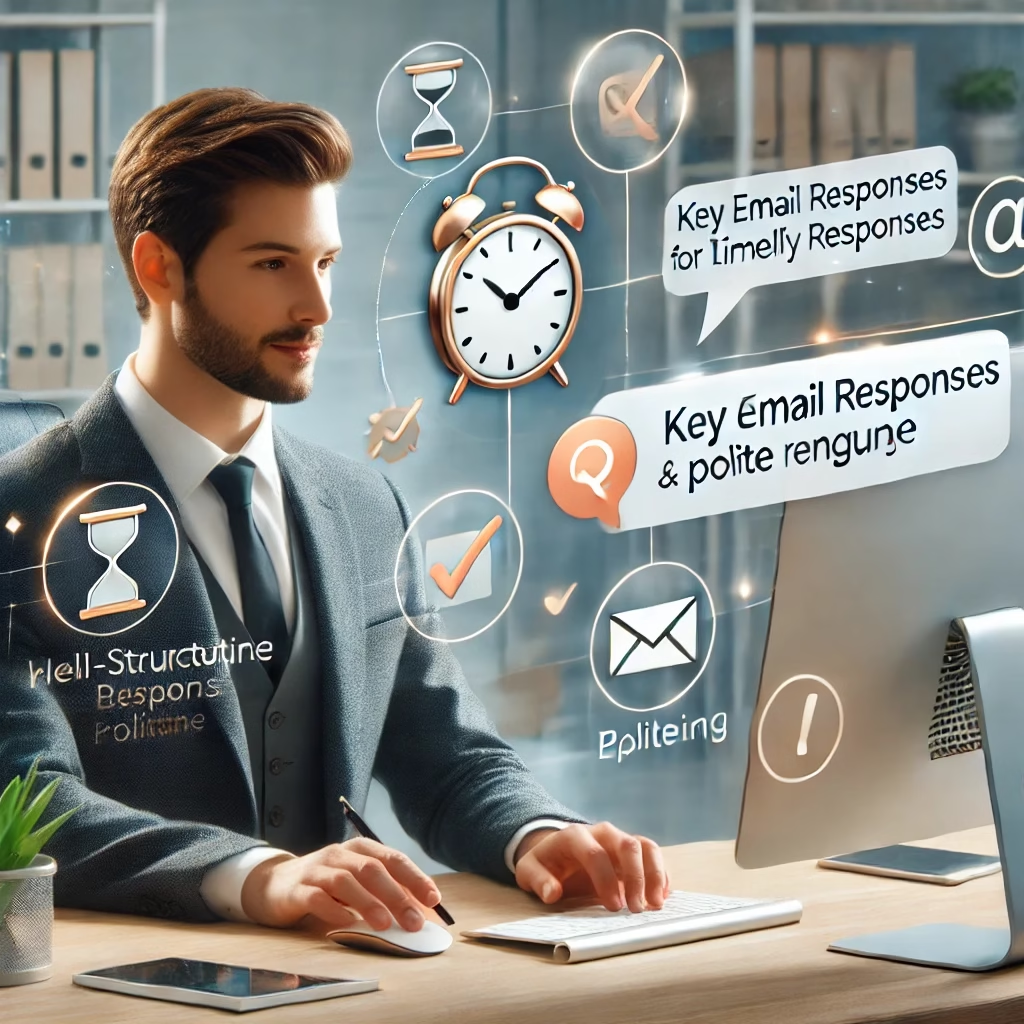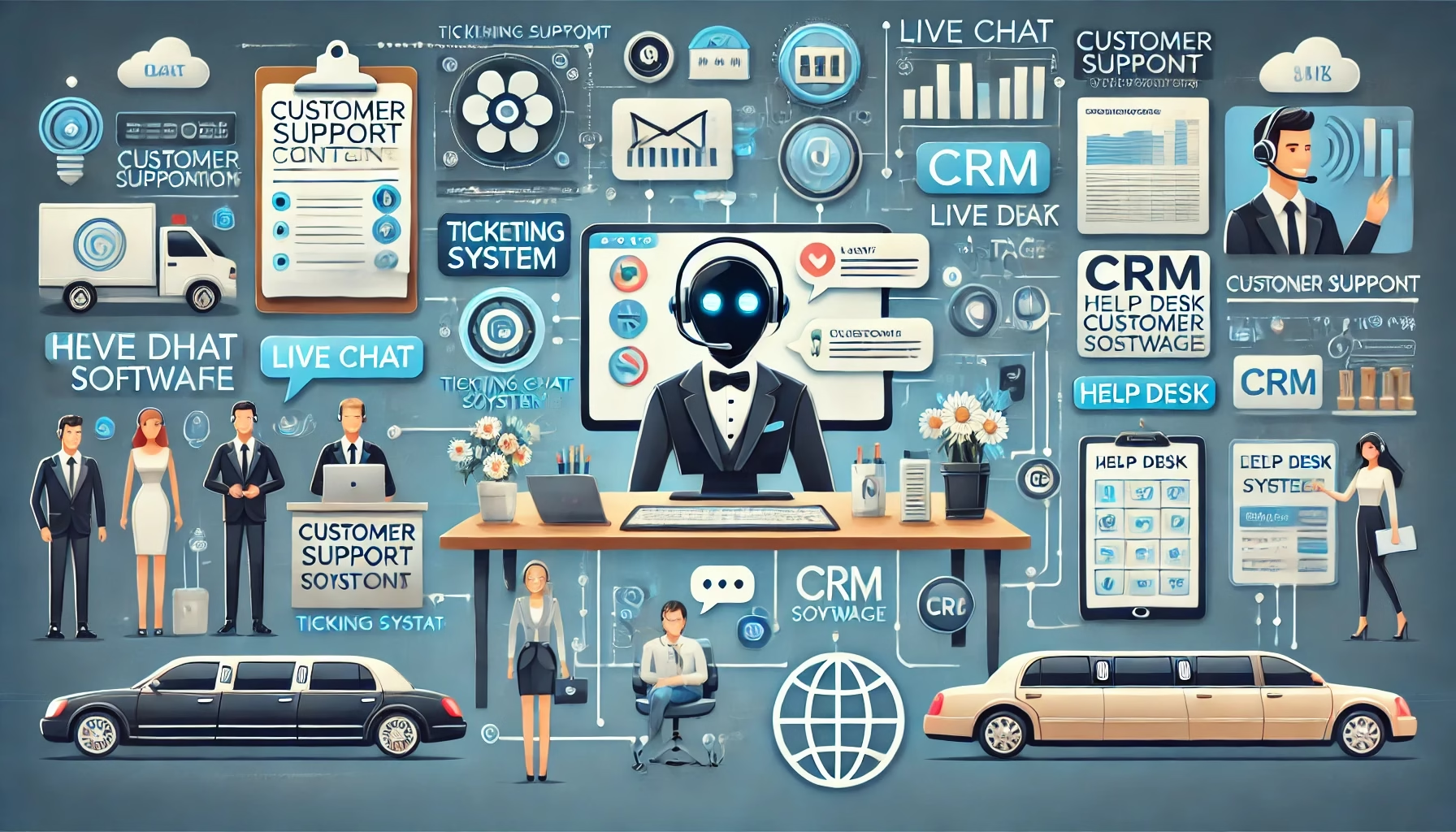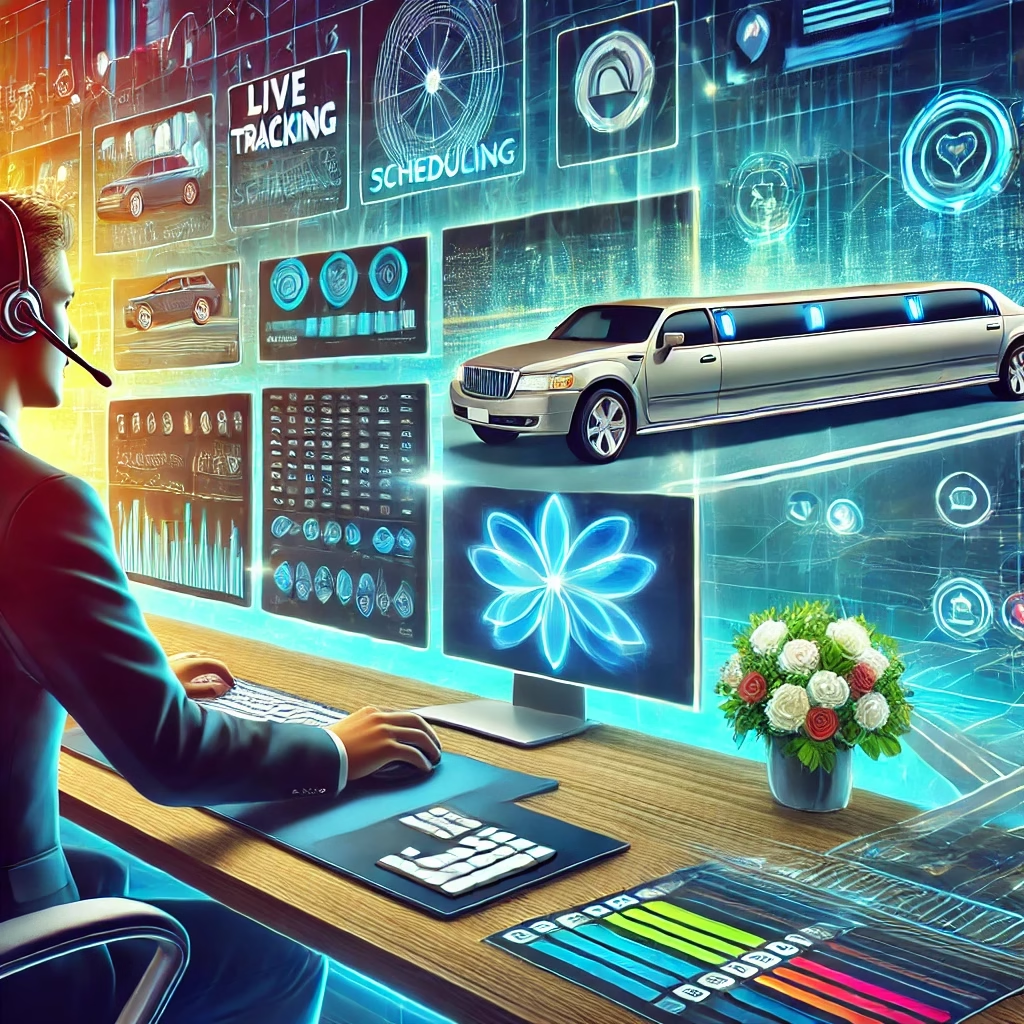Introduction: Why Email Support Etiquette Matters
In the fast-paced world of customer service, especially in industries like dispatch and limousine services, effective email communication can make or break a company’s reputation. Emails serve as a bridge between businesses and their customers, ensuring smooth communication and quick resolution of concerns. However, without following proper email support etiquette rules, companies may struggle with miscommunication, frustration, and dissatisfied customers.
This article will provide a detailed guide on email support etiquette rules, including essential dos and don’ts to enhance professionalism, efficiency, and customer satisfaction. Let’s explore the best practices to optimize your customer service emails.
1. The Importance of a Professional Tone
Issue: Unclear or Unprofessional Tone
Tone plays a vital role in email support etiquette rules. A poorly written email with an ambiguous or unprofessional tone can lead to misunderstandings. Customers may perceive a neutral or direct response as rude, even if that was not the intention.
Solution: Use Politeness and Clarity
- Start with a warm greeting: Always address the customer by their name and begin with a polite greeting such as “Dear [Name]” or “Hello [Name].”
- Use positive language: Replace negative words with positive alternatives. Instead of saying, “We cannot process your request,” try, “We would love to assist you. However, at this moment, we are unable to process your request.”
- End with a courteous closing: Conclude emails with phrases like “Best regards,” “Looking forward to assisting you,” or “Thank you for reaching out to us.”
By implementing these email support etiquette rules, customer interactions will feel more respectful and professional.
2. Avoiding Long and Overwhelming Emails
Issue: Lengthy Emails That Confuse Customers
Long-winded responses can overwhelm customers, making it harder to extract key information. Customers seeking quick resolutions may find themselves lost in excessive details.
Solution: Keep Emails Concise and Structured
- Use short paragraphs and bullet points: This makes the email easier to skim through.
- Highlight key information: Use bold or italics for important details like refund amounts, deadlines, or instructions.
- Stay relevant: Avoid unnecessary details. If more information is required, attach a document or provide a link.
These strategies ensure emails are easy to read and effectively deliver the necessary information.
3. Responding Promptly to Customer Queries
Issue: Delayed Responses That Frustrate Customers
In industries such as dispatch and limousine services, timely responses are critical. A late reply can lead to lost customers, complaints, or escalations.
Solution: Set Response Time Expectations
- Acknowledge receipt immediately: If a full response takes time, send an acknowledgment email stating, “We have received your request and will get back to you within [time frame].”
- Utilize email templates: Pre-written templates for common queries can speed up response times.
- Implement automation: Auto-replies for non-business hours ensure customers know their request is being processed.
Timely responses build trust and enhance customer satisfaction.
4. Avoiding Grammar and Spelling Mistakes
Issue: Poor Grammar Undermines Professionalism
Emails with grammatical errors or typos reflect poorly on the company, reducing credibility and professionalism.
Solution: Proofread Every Email Before Sending
- Use grammar-checking tools: Tools like Grammarly or Microsoft Editor can catch errors before emails are sent.
- Read emails aloud: This helps identify awkward phrasing or missing words.
- Have a second pair of eyes: If possible, get a colleague to review important emails before sending them.
Error-free emails reinforce professionalism and instill confidence in customers.
5. Personalizing Customer Interactions
Issue: Generic Responses That Feel Robotic
Customers appreciate personalized communication rather than generic, template-based replies that lack a human touch.
Solution: Address Customers Personally
- Use the customer’s name: Instead of “Dear Customer,” address them directly.
- Reference past interactions: If they have contacted support before, acknowledge it. Example: “I see you reached out last week regarding [issue].”
- Show empathy: If a customer is frustrated, acknowledge their concerns with phrases like, “I understand how this may be inconvenient.”
Personalization fosters stronger customer relationships and improves overall satisfaction.
6. Handling Difficult Customers with Professionalism
Issue: Dealing with Angry or Impatient Customers
Sometimes, customers send aggressive or rude emails due to frustration. Responding in the wrong way can escalate the issue.
Solution: Stay Calm and Professional
- Don’t take it personally: Keep responses neutral and professional.
- Acknowledge their frustration: Example: “I understand that this has been frustrating for you, and I appreciate your patience.”
- Offer a solution: Clearly outline the next steps to resolve the issue.
Professionalism in difficult situations strengthens customer trust.
7. Managing Attachments and Links Carefully
Issue: Sending Large Files or Incorrect Links
Large attachments may not be received properly, and broken links can lead to confusion.
Solution: Use Efficient File Sharing Methods
- Compress large files before sending.
- Ensure all links work before including them.
- Use cloud storage services like Google Drive for large files.
This minimizes email errors and ensures smooth communication.
8. Using a Clear Subject Line
Issue: Vague or Misleading Subject Lines
A poorly written subject line can make emails get ignored or lost.
Solution: Make Subject Lines Specific
- State the purpose clearly: Instead of “Question,” write “Billing Inquiry for Invoice #12345.”
- Keep it concise: 6-10 words work best.
- Avoid all caps or excessive punctuation: These can make emails look unprofessional.
Clear subject lines improve email response rates.
9. Following Up When Necessary
Issue: Ignoring Unresolved Issues
If a customer does not receive a resolution, they may feel neglected.
Solution: Proactive Follow-Ups
- Set reminders to check on unresolved cases.
- Send a brief follow-up email: “Just checking in to see if you need further assistance.”
- Provide additional support options: Offer a phone number or live chat link if needed.
Follow-ups demonstrate care and commitment to customer satisfaction.
10. Ending Emails with a Call to Action
Issue: Leaving Customers Without Clear Next Steps
Customers should know what to do next after reading an email.
Solution: Include a CTA (Call to Action)
- Be direct: “Click here to reset your password.”
- Provide support options: “Call our helpline at [number] for further assistance.”
- Encourage feedback: “Let us know if we resolved your issue by replying to this email.”
A well-defined CTA guides customers toward a resolution effectively.
Conclusion
Mastering email support etiquette rules is essential for any business, especially in customer-centric industries like dispatch and limousine services. Following these dos and don’ts can enhance communication, resolve issues efficiently, and leave customers with a positive impression.
For businesses seeking expert dispatch and customer support services, Saztech Solutions provides top-tier solutions tailored to your needs. Elevate your customer service experience today!
Home | About Us | Pricing | Get Started | FAQ | Dispatch Daily | Contact Us
WhatsApp | Facebook | LinkedIn





Leave a Reply